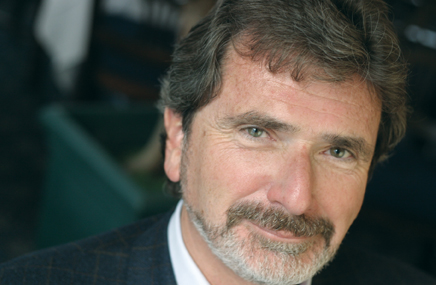As we consider the role of social media in healthcare marketing, there is likely no other measure more important than “clout.” A good working definition of this term is “power and influence.” Old-fashioned promotional concepts like “reach” and “frequency” are being replaced by this far more relevant metric.
“Klout,” a four-year-old web service that measures online influence based on “one’s ability to drive action,” has Lady Gaga (93) edging out Barack Obama (91) on this 100-point scale. Facebook, Twitter and Google Plus are all included in the determination of how many people you influence, how much you influence them and the power of your network.
As is always the case in promotional measurement, audience segmentation matters. Baby Boomers (born 1946-1964) respond to different elements of clout than do Generation X-ers (1965-1979). Those in Generation Y (1980-1996) show yet another profile. These “Millennials” are key players in social media, since they have seamlessly fused technology into their social lives. Fully 83% of them sleep with their mobile phones turned on in their beds. US teens average 3,146 texts each month, more than 10 texts every waking hour not spent in school.
Key promotional differences between generations abound. Generation Y-ers give high value to “Do’s” (Have faith in yourself, Be honest) and react poorly to “Don’ts.” Crowd-sourcing is now a way to express personal worth. Conversely, celebrity endorsement is seen as a cop-out resorted to by brands that are so uncool that they need to borrow cool.
Clout. We will find it to be a lot more complicated than a single score, but well worth the time to understand!
Richard Vanderveer is chief solutions officer, rbV3.
From the April 01, 2012 Issue of MM+M - Medical Marketing and Media







